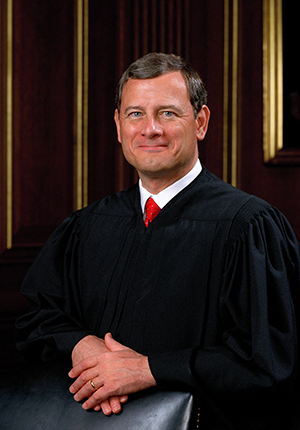Summary
The Voting Rights Act of 1965, passed to protect the right to vote of minorities, required certain jurisdictions with a history of discriminatory voting practices to receive permission from the federal government before implementing changes in voting procedures. This process was known as “preclearance,” and Congress used a formula to determine which jurisdictions would be covered by this preclearance requirement. In Shelby County v. Holder, the Supreme Court assessed whether this feature of the VRA was constitutional under Congress’s power to “enforce” the Fourteenth and Fifteenth Amendments, which prohibit racially discriminatory voting practices. The Court held that the relevant statutory provisions were now unconstitutional because Congress’s requirements must be justified by current burdens and needs. This decision cleared the way for the passage of many recent voter laws, including Texas’s photo ID law (announced within 24 hours of this ruling) and various statutes restricting poll hours, early voting, and pre- and same-day registration.







